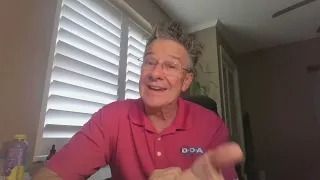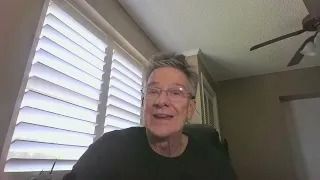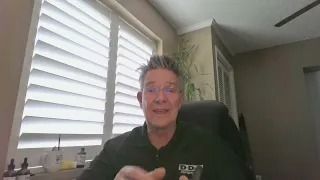Younger generations are better prepared for retirement, with a catch
Baby boomers’ retirement readiness is a regular source of discussion among reverse mortgage professionals, and a new report from Vanguard claims that generation is generally less well-prepared for retirement than Gen Xers and millennials.
That fact, however, is not so cut-and-dry.
Taking a deeper look at the data and speaking to certain financial advisors on the topic, Fortune determined that at least part of the reason for this is because there are certain regulatory and practice advantages that younger generations have had that baby boomers simply did not have access to.
“[T]he better retirement readiness was a result of decades of new regulations that made it easier for millennials to save for retirement, especially when compared to when boomers entered the workforce roughly 40 years ago,” the column explained.
Home equity, which is a large component of many baby boomers’ wealth, was also not factored into the study, Fortune said.
“Vanguard measured the percentage of pre-retirement income and savings of households at different income levels needed to retire comfortably and how far from that target they actually were,” the column explained. “In all but the lowest quartile of households, boomers are projected to be less prepared than younger generations.”
Only a “small slice” of age groups within each studied demographic were measured since gauging the readiness of the complete generational age ranges would’ve been too onerous, according to a Vanguard representative. However, within the studied age ranges there is another caveat.
“Within the study Vanguard’s researchers looked only at financial holdings, such as stocks, cash, and bonds, and didn’t include housing, which can be a significant source of an individual’s net worth that can be tapped for retirement,” the column explained.
Researchers also found that retirement plans are simply more robust than they were while baby boomers were either entering or in the prime of their careers.
“In 1978, Congress passed legislation to create the modern-day 401(k) retirement accounts into which some employers match contributions,” the column explained. “Previously, many employers paid pensions to retired workers. But as employees lived longer, changed jobs more frequently, and unions lost power, companies became less enthused about shelling out money for ex-employees to enjoy retirement.”
Recent pushes toward automatic 401(k) enrollments have also been a game-changer according to Steve Azoury, an independent financial planner from Troy, Michigan.
“The procrastinator who says, ‘I’ll get to it later on’ and never gets to it—he’s automatically enrolled,” Azoury told Fortune. “And then when he starts seeing statements with his name on it and his accounts are growing, he gets very excited.”
Have A Question?
Use the form below and we will give your our expert answers!
Reverse Mortgage Ask A Question
Start Your Loan
with DDA todayYour local Mortgage Broker
Mortgage Broker Largo See our Reviews
Looking for more details? Listen to our extended podcast!
Check out our other helpful videos to learn more about credit and residential mortgages.





